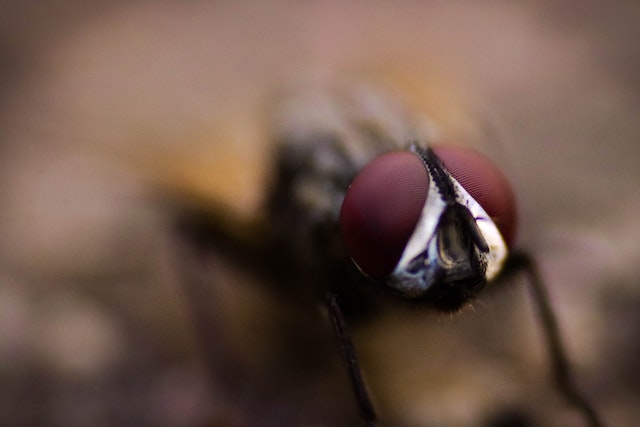The connection between mortality and fly lifespan is a topic of interest in biological research, particularly in the context of understanding aging and longevity. While it might seem intuitive that mortality, which refers to the occurrence of death, would be closely tied to lifespan, there are certain nuances and complexities to consider. Here are some key points regarding the surprising connection between mortality and fly lifespan:
1. Mortality as an Endpoint: In biological studies, mortality is often used as an endpoint to measure lifespan. Lifespan refers to the length of time an organism lives, while mortality is the occurrence of death within a population. By tracking the mortality rates of flies over time, researchers can infer information about their lifespan and aging processes.
2. Lifespan Studies in Model Organisms: Fruit flies, particularly Drosophila melanogaster, have been widely used as model organisms in aging research. They have relatively short lifespans, allowing for convenient and efficient experiments. Studying the factors influencing fly mortality and lifespan can provide valuable insights into aging processes and longevity.
3. Genetic and Environmental Factors: Both genetic and environmental factors can influence fly lifespan and mortality. Genetic studies in flies have revealed specific genes and pathways that impact aging and longevity. Furthermore, environmental factors such as temperature, diet, stress, and exposure to toxins can affect fly lifespan. Understanding the interplay between genetics and the environment helps unravel the underlying mechanisms of aging and mortality.
4. Trade-offs and Reproductive Success: The relationship between mortality and lifespan can be influenced by trade-offs between reproduction and survival. In some cases, organisms may have shorter lifespans due to investing energy and resources into reproduction, leading to increased mortality rates. Balancing reproduction and survival is a key factor in understanding the connection between mortality and lifespan in flies and other organisms.
5. Interventions and Longevity: Research on flies has shown that various interventions, such as dietary restriction, genetic manipulations, and pharmaceutical compounds, can extend lifespan. These interventions often result in lower mortality rates, indicating a positive impact on longevity. By studying the factors that affect fly mortality and lifespan, scientists can identify potential interventions that may promote healthy aging and longevity in other organisms, including humans.
It’s important to note that while fruit flies are valuable model organisms for aging research, there are limitations in extrapolating findings directly to humans. Human aging is influenced by a wide range of factors, including social, cultural, and environmental aspects that are not fully recapitulated in fly studies. Nonetheless, the surprising connection between mortality and fly lifespan provides valuable insights into the fundamental mechanisms of aging and longevity and may contribute to our understanding of aging processes in other organisms, including humans.










